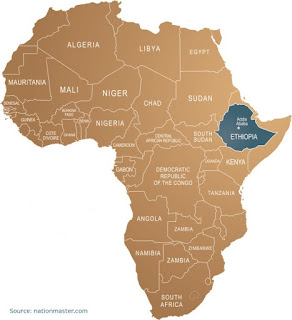Introduction: Water, Africa and the Great Misconception
There remains a common misconception, or what could even be labelled a blanket stereotype, within popular discourse that Africa is a dry and arid continent with a dramatic shortage of freshwater. You only have to stumble across a charity advert on the evening television to see continuous portrayals as Africa and it’s people as teetering on the edge of devastating drought. Whilst the water-based problems seen in these representations are indeed very real across parts of the continent, with a staggering 300 of the 800 million people living in Africa in 2014 suffering from water scarcity, the problems go beyond that of a simple story of too little water.
The traditional metrics of water scarcity have been increasingly criticised in recent years due to their oversight of variations in rainfall and run-off patterns. Alongside this, they fail to take into account groundwater storage, which constitutes 51% of renewable freshwater resources in Africa, and green water, which is relied upon for almost all food production in Sub-Saharan Africa. The Mean Annual River Runoff metric, which has seen a recent exponential adoption in studies of water scarcity, assumes that these factors have a negligible impact on water availability. However, it is already evident that soil water plays a significant part in meeting the water needs of the African population. On top of this, through masking the seasonality of rainfall, which can be extreme in parts of Africa, many metrics overlook the fact that in Africa, the issue may not be so much a problem of annual water scarcity, but rather water storage and accessibility.
It is, however, important to define the term water scarcity, despite the need to remain sceptical about current attempts to measure it. Taylor (2009) offers a broad definition of water scarcity as being the ‘shortage in the availability of freshwater relative to demand’. A significant portion of this demand is made up by agricultural production and there are few places where this link between water and food is more explicit than in Africa, with agricultural production responsible for 81% of the continent’s total water withdrawals. It is therefore evident that issues of water scarcity have a significant impact on food production, availability and security. Indeed, as highlighted by Damkjaer and Taylor (2017), the Water Stress Indicator was initially established in the 1980s as a warning system aimed at informing strategies for food self-sufficiency, thus explicitly linking food security with freshwater availability. Due to the absolute necessity of water in order to grow food, the relationship between water and food, and the problems facing both within Africa, will be the primary focus of this blog. Through an exploration of water and food, I also hope to explore the potential for improving access to freshwater across Africa and the consequences this could have on food production.



Comments
Post a Comment